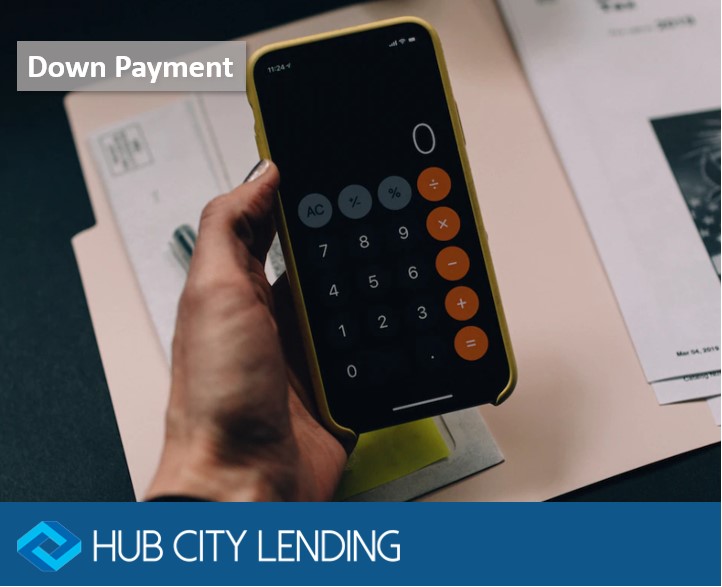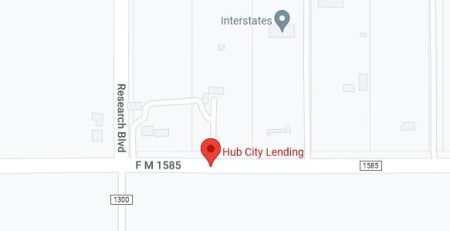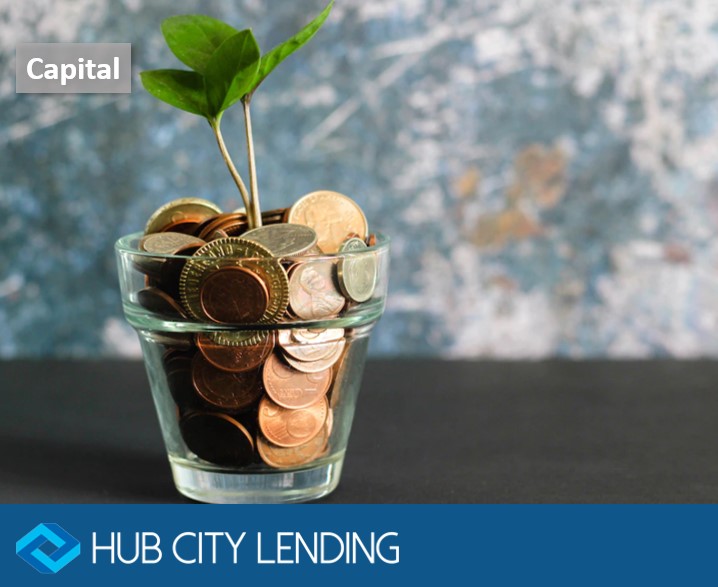
What Is A Down Payment?
A down payment is a quantity of money that a buyer pays at the beginning of a pricey good or service purchase. A portion of the entire purchase price is covered by the down payment, and the buyer frequently takes out a loan to cover the balance.
{toc]
Down Payment Definition
A down payment on a property is a typical illustration of a down payment. The down payment ranges from 5% to 25% of the entire cost of the house, with the remaining amount being covered by a mortgage obtained from a bank or another financial institution. Car down payments function similarly.
The down payment may not always be refunded if the buyer causes the contract to fall through.
Types of Down Payments
The precise assistance you can be eligible for depends on where you live because down payment programs differ by state. There are nearly 2,000 DPA programs in total across the nation. The types include:
- Home buyer grant
Grants for down payment help are frequently provided by the state or a state-run organization. Nonprofit organizations may also supply them.
Grants are only available to lower-income homebuyers, and they are never subject to repayment. These DPA programs are the most prevalent ones.
- Second mortgages
Also known as a second mortgage, down payment assistance might come in the form of a loan.
With these programs, the government or organization lends you the money, and you pay it back on a monthly basis much like your primary mortgage. (This is a crucial point: This is a second payment on top of the one you already make toward your first mortgage.)
- Deferred second mortgage
You don’t have to start making payments right immediately with some loans for down payment assistance. Instead, you will postpone the DPA payments and only pay back the loan upon the sale of the property or a mortgage refinance. In this scenario, the money would come from the earnings from your sale.
- Forgivable second mortgages
A forgiving loan is the final sort of down payment help. The debt is forgiven and won’t need to be repaid as long as you live in the house for a specific period of time, typically five to ten years.
The funds, or at least a prorated amount of them, would normally need to be repaid if you relocate or refinance your loan before that time.
Benefits Of A Down Payment
There are several benefits to making a down payment on a home purchase:
- Lower monthly payments
A large down payment reduces the amount of the mortgage or loan that must be repaid to the bank. As a result, the loan’s partial principal and interest monthly payment is reduced.
- Avoiding private mortgage insurance
When a buyer makes a relatively small down payment—5%, for instance—in some nations, the bank asks them to offer a guarantee or security in the event of a default. In order to protect the lending institution from the buyer’s default, the buyer must purchase mortgage insurance.
- More equity in the home
A 20% down payment would result in the buyer owning 20% of the property and the loan company owning the remaining 80%.
Let’s take an example where a home that cost $100,000 five years ago is now worth $200,000 and the buyer put down 10% ($10,000). The owner must repay the $90,000 loan with interest when they sell their house, but they get to keep the $110,000 equity.
Down Payment Related To Working Capital Loan
Down payments are required in order to be approved for a Working Capital Loan Approval. These down payments applicants typically have to put down $2000 to $3000 since working capital loan amounts average $10,000 and down payments range from 20% to 30%.
For more information on our financing services please contact Hub City Lending and we will get you on the path to financial success.


Location: Lubbock, Texas, United States
Work:Owner/Broker @ HubCityLending
Education:University of Texas at the Permian Basin, Master of Business Administration, 1999 – 2001


